Are you considering the most efficient ways to ship from Shenzhen to Finland?
In this blog, we’ll explore everything you need to know about the shipping methods, costs, and customs regulations involved in this international journey. In this comprehensive guide, we will provide insights on sea freight, air freight, and even rail freight options, along with tips on choosing a reliable freight forwarder. Whether you’re a business owner or an individual, understanding these key aspects will ensure a smooth shipping experience.
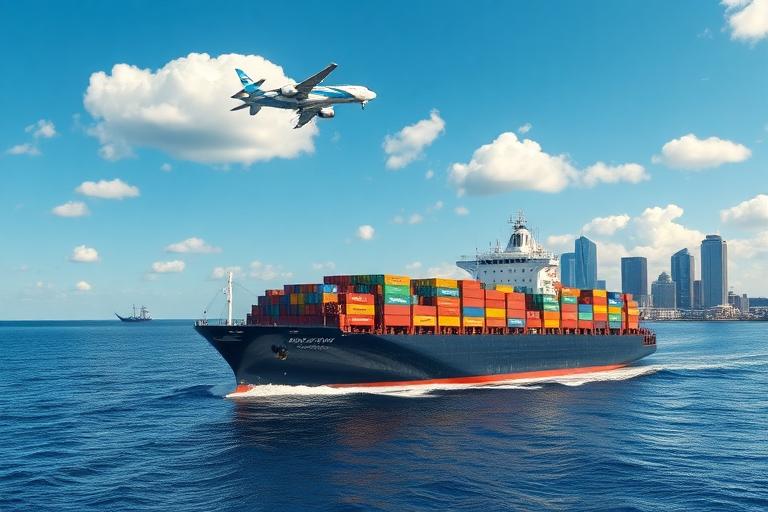
Overview of Shipping from Shenzhen to Finland
Shipping from Shenzhen, a prominent industrial hub in China, to Finland, a key European market, presents various opportunities and challenges for importers. Shenzhen’s strategic location, robust manufacturing sector, and established logistics infrastructure facilitate the efficient movement of goods to ports and airports worldwide. As a major gateway for shipping to Europe, understanding the shipping processes from Shenzhen to Finland is critical for businesses looking to optimize their logistics operations.
Finland, known for its advanced economy and high standard of living, imports a wide array of products, from electronics to textiles. Given the geographical distance and varying shipping methods available, it’s essential for importers to recognize the implications of shipping methods, costs, and timelines to ensure a smooth import experience.
Key Routes Between Shenzhen and Finland
Major Ports and Airports for Shipping
When considering shipping options between Shenzhen and Finland, the key ports and airports play a crucial role in determining the efficiency of the logistics process. The following table outlines the major ports in Finland that are typically used for shipping goods from Shenzhen:
| Finland Port/Airport | Location | Type |
|---|---|---|
| Port of Helsinki | Helsinki | Sea Freight |
| Port of Turku | Turku | Sea Freight |
| Port of Kotka | Kotka | Sea Freight |
| Helsinki-Vantaa Airport | Vantaa | Air Freight |
| Tampere-Pirkkala Airport | Tampere | Air Freight |
These ports and airports are well-equipped to handle various shipping methods, including sea freight, air freight, and rail freight. Each option offers distinct advantages based on the type of cargo, urgency, and budget.
Transit Times and Routes Overview
Transit times from Shenzhen to Finland vary based on the shipping method selected. Below is a brief overview of expected transit times for different shipping methods:
| Shipping Method | Average Transit Time |
|---|---|
| Sea Freight | 25-40 days |
| Air Freight | 5-10 days |
| Rail Freight | 15-25 days |
Sea Freight: This is the most cost-effective option for bulk shipments but comes with longer transit times due to maritime routes. The journey typically involves shipping from Shenzhen to a major port like the Port of Helsinki, taking approximately 25-40 days depending on the shipping line and route taken.
Air Freight: For time-sensitive shipments, air freight is the fastest mode, taking around 5-10 days from Shenzhen to the nearest airports in Finland. However, costs are significantly higher than sea freight.
Rail Freight: An alternative that combines some benefits of both sea and air, rail freight typically takes 15-25 days. This route is gaining popularity due to improved rail links between China and Europe. For further details, consider checking Rail Freight.
Understanding these key routes and transit times is fundamental for any business looking to import goods from Shenzhen to Finland. For efficient logistics, consider partnering with a reliable freight forwarder like Dantful International Logistics, who can provide expert guidance and cost-effective solutions tailored to your shipping needs.
Shipping Methods from Shenzhen to Finland
When it comes to shipping from Shenzhen to Finland, there are three primary methods to consider: Sea Freight, Air Freight, and Rail Freight. Each method has its own advantages and disadvantages based on factors like cost, transit time, and the nature of the goods being shipped.
Sea Freight from Shenzhen to Finland
Sea Freight is the most commonly used shipping method for larger shipments, primarily due to its cost-effectiveness. When shipping goods via sea from Shenzhen, the cargo is typically transported in standard containers.
Key Benefits:
- Cost-Effective: Shipping via sea is generally cheaper than air freight, making it suitable for bulk goods. For an in-depth look at costs, you can explore our Sea Freight From China to Finland page.
- Capacity: A standard 20-foot container can hold about 28,000 liters or up to 22,000 kg of cargo, while a 40-foot container can accommodate even more.
- Less Environmental Impact: Sea freight has a lower carbon footprint compared to air transport.
Considerations:
- Longer Transit Times: Generally, sea freight can take 25-40 days to reach Finland, depending on the port of arrival and shipping line schedules.
Air Freight from Shenzhen to Finland
For urgent shipments, Air Freight is the preferred method due to its speed. Cargo can be delivered to Finland within a few days.
Key Benefits:
- Speed: Air freight can significantly reduce transit times, often delivering goods within 3-7 days.
- Reduced Risk of Damage: Faster transit can minimize the risk of damage or loss, especially for high-value items or perishables.
Considerations:
- Higher Costs: Air freight is substantially more expensive than sea freight, which can impact the overall cost of importing goods.
- Weight Restrictions: Air cargo is subject to strict weight limits, making it less suitable for shipping bulky items.
Rail Freight as an Alternative Option
Rail Freight presents an emerging alternative for shipments between Shenzhen and Finland, particularly appealing for those seeking a balance between cost and transit time.
Key Benefits:
- Time Efficiency: Rail freight typically takes about 15-20 days, making it faster than sea freight but slower than air freight. For more on rail options, visit our Rail Freight page.
- Cost-Effective: It can be more economical than air freight while still being faster than sea freight.
Considerations:
- Limited Availability: Rail freight routes are not as widely available as sea or air, meaning that it may not be an option for all shipments.
Read More:
- Shipping From China To Netherlands
- Shipping From China To Spain
- Shipping From China To Germany
- Shipping From China To France
- Shipping From China to Italy
- Shipping From China To Poland
- Shipping From China to United Kingdom
Shipping Costs from Shenzhen to Finland
Understanding the costs associated with shipping from Shenzhen to Finland is critical for budgeting purposes. Cost factors vary based on shipping methods, container sizes, and other service fees.
2025 Sea Freight Cost Analysis (FCL/LCL)
Sea freight costs are generally expressed in two terms: Full Container Load (FCL) and Less than Container Load (LCL).
| Shipping Method | Cost (Estimated) | Details |
|---|---|---|
| FCL | $1,500 – $3,500 per container (20ft/40ft) | Cost varies based on shipping line and destination port. |
| LCL | $100 – $300 per cubic meter | Ideal for smaller shipments; charged based on volume. |
2025 Air Freight Cost Breakdown
Air freight costs fluctuate based on weight, volume, and type of cargo. Here’s an estimated breakdown:
| Weight Category | Cost (Estimated) | Details |
|---|---|---|
| Up to 100kg | $5 – $10 per kg | Pricing reflects both weight and urgency of shipment. |
| Over 100kg | $4 – $8 per kg | Bulk pricing lowers cost per kg for larger shipments. |
Hidden Fees to Watch Out For
When planning your shipments, it’s crucial to be aware of potential hidden costs. Common additional fees include:
- Terminal Handling Charges: Fees for loading and unloading cargo.
- Documentation Fees: Charges for preparing necessary shipping documents.
- Storage Fees: Costs incurred if cargo is held at the port beyond a certain period.
How to Reduce Duties with Freight Forwarder Assistance
Working with a professional freight forwarder like Dantful International Logistics can significantly ease the burden of managing duties and taxes. Our team can help you:
- Navigate complex customs regulations.
- Ensure proper documentation to avoid unnecessary delays.
- Optimize shipping routes to minimize costs and duties.
By leveraging our expertise, you can reduce overall expenses and maximize the efficiency of your shipping process from Shenzhen to Finland. For further assistance, visit Dantful International Logistics.
Shipping Times from Shenzhen to Finland
Average Transit Times for Sea Freight
When shipping goods from Shenzhen to Finland via sea freight, the average transit time typically ranges from 30 to 45 days. The exact duration can vary based on several factors including the shipping line used, specific destination ports, and whether the shipment is Full Container Load (FCL) or Less than Container Load (LCL). Major ports in Finland such as Helsinki, Tampere, and Turku are common endpoints for sea shipments. For example, a shipment from Shenzhen to Helsinki via FCL may take approximately 35 days, while an LCL shipping shipment may extend to around 40 days due to additional handling requirements.
Average Transit Times for Air Freight
In contrast, air freight from Shenzhen to Finland offers a much quicker alternative, with average transit times ranging from 5 to 10 days. This rapid shipping option is ideal for time-sensitive goods or small shipments. The main air cargo hub in Finland, Helsinki Airport, facilitates multiple daily flights from Shenzhen, allowing for flexible scheduling. Generally, shipments sent via direct flights will reach Helsinki in about 7 days, while those requiring multiple legs or transfers may take up to 10 days.
Factors Affecting Shipping Times
Several factors can influence the shipping times from Shenzhen to Finland:
- Seasonal Demand: Peak seasons, such as holidays or major sales events, can lead to increased cargo volumes, resulting in longer transit times.
- Weather Conditions: Adverse weather can cause delays in both sea and air transport.
- Customs Clearance: Efficiency in customs processing can significantly impact overall shipping times. Delays in documentation can extend the time goods spend in transit.
- Port Congestion: Busy ports may lead to longer unloading and loading times, especially in Helsinki during peak seasons.
- Shipping Method: As indicated, air freight is typically faster than sea freight, and the choice of shipping method will greatly affect delivery times.
Choosing a Reliable Freight Forwarder for Your Shipment
Key Qualities to Look for in a Freight Forwarder
Selecting the right freight forwarder is crucial for a smooth shipping experience. Here are essential qualities to consider:
- Experience and Expertise: Look for a freight forwarder with a proven track record in handling shipments to and from Finland.
- Comprehensive Services: A good freight forwarder should offer end-to-end services including ocean freight, air freight, customs clearance, and insurance.
- Excellent Communication: Effective communication ensures that you stay informed throughout the shipping process, which is vital for troubleshooting any issues that may arise.
- Strong Network: A reputable freight forwarder should have a wide network of contacts with carriers, customs officials, and logistics providers in both China and Finland.
Questions to Ask Your Freight Forwarder
When evaluating potential freight forwarders, consider asking the following questions:
- What is your experience with shipping goods from Shenzhen to Finland?
- Can you provide references or testimonials from previous clients?
- What services do you offer? Are you able to handle the entire shipping process?
- How do you handle unexpected delays or issues during transit?
- What is your process for customs clearance in Finland?
The Role of Transparency in Freight Forwarding
Transparency is a key element of successful freight forwarding. A reliable freight forwarder should provide clear and comprehensive quotes that outline all potential costs involved, including shipping fees, customs duties, and any other charges. This transparency helps in avoiding hidden fees that can arise during the shipping process. Always ensure that your freight forwarder is open about their procedures and ready to answer any questions you might have, as this reflects their commitment to providing quality service and building a trusting relationship with their clients.
By choosing Dantful International Logistics, you can benefit from our expertise in international shipping, comprehensive services, and commitment to transparency, making your shipping experience from Shenzhen to Finland as seamless as possible.
Customs Regulations for Shipping to Finland
Understanding Finnish Import Duties and Taxes
When shipping goods from Shenzhen to Finland, it is crucial to understand the Finnish import duties and taxes that may apply to your shipment. Finland is part of the European Union (EU), and as such, its customs regulations align with EU guidelines. Upon importation, goods are subject to Value Added Tax (VAT) and customs duties, which are calculated based on the cost, insurance, and freight (CIF) value of the goods.
Value Added Tax (VAT): The standard VAT rate in Finland is 24%. However, certain goods may qualify for reduced rates of 14% or 10%. It’s essential to check the specific VAT rate applicable to your goods.
Customs Duties: These vary depending on the product and its classification under the Harmonized System (HS) codes. The average customs duty rates range from 0% to 12%, but some products may attract higher duties. Importers should verify the applicable rates for their specific items.
To ensure compliance and avoid unexpected costs, it’s advisable to consult a knowledgeable freight forwarder like Dantful International Logistics, who can provide updated information on tariffs and help you navigate the complexities of customs regulations.
Required Documentation for Smooth Customs Clearance
Proper documentation is essential for the smooth processing of goods upon arrival in Finland. The following documents are typically required:
Commercial Invoice: This document provides details of the transaction between the buyer and seller and includes information such as the value of goods, terms of sale, and product descriptions.
Packing List: A detailed list of all items included in the shipment, including weights and dimensions, which helps customs officials assess the cargo.
Bill of Lading (BOL): A legal document issued by the carrier that outlines the specifics of the shipment, including the consignee and the destination.
Certificate of Origin: This document certifies the country where the goods were manufactured and is often required to determine the applicable tariffs.
Import Permit: Certain products may require specific import permits, especially regulated goods such as pharmaceuticals or food items.
Tax Identification Number: Importers must provide their Finnish Tax Identification Number for all shipments to facilitate the payment of VAT and customs duties.
Ensuring you have all the necessary documentation will expedite customs clearance, thus reducing the risk of delays and additional costs.
Tips for a Successful Shipping Experience
Best Practices for Packaging Goods
Proper packaging is critical for ensuring that goods arrive at their destination in optimal condition. Here are some best practices to consider:
Use High-Quality Materials: Employ sturdy packaging materials that can withstand handling and transportation. Options include reinforced cardboard boxes, bubble wrap, and foam inserts.
Label Clearly: Ensure that all packages are labeled with the destination address, contact information, and handling instructions (e.g., “Fragile” or “Keep Dry”).
Secure Items Properly: Use strapping and cushioning to prevent items from shifting during transit, reducing the risk of damage.
Consider Environmental Regulations: If your goods include wood packaging materials, ensure they comply with international standards to avoid confiscation at customs.
Importance of Tracking Your Shipment
Utilizing tracking services provided by your freight forwarder can give you peace of mind during transit. Tracking allows you to:
Monitor Progress: Keep an eye on where your shipment is at all times, which is especially valuable for high-value or time-sensitive goods.
Plan Accordingly: Having real-time updates enables you to prepare for arrival in Finland, including scheduling the necessary resources for unloading and distribution.
React Swiftly to Issues: Should any unforeseen delays or issues arise, prompt tracking information allows for quick response and resolution.
Preparing for Unforeseen Delays
Shipping often comes with unexpected challenges. Here are steps you can take to prepare:
Communicate with Your Freight Forwarder: A reliable partner like Dantful International Logistics can provide timely updates and advice to manage any issues that may arise.
Build Buffer Time: When planning shipments, allow extra time for potential delays due to customs clearance or transportation hiccups.
Have a Contingency Plan: Prepare for alternative solutions, such as rerouting or expedited shipping options, should a delay occur that impacts your business operations.
By understanding Finnish customs regulations and implementing these tips for a successful shipping experience, you can ensure a smoother process when importing goods from Shenzhen to Finland. Partnering with a trusted freight forwarder like Dantful International Logistics can further streamline the complexities of international shipping and enhance your overall efficiency.

Young Chiu is a seasoned logistics expert with over 15 years of experience in international freight forwarding and supply chain management. As CEO of Dantful International Logistics, Young is dedicated to providing valuable insights and practical advice to businesses navigating the complexities of global shipping.




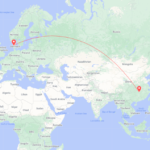


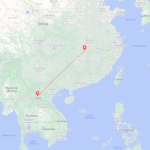



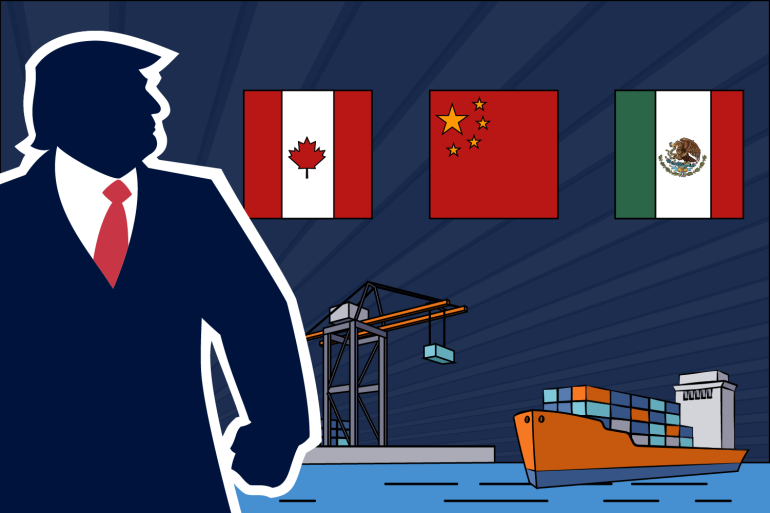
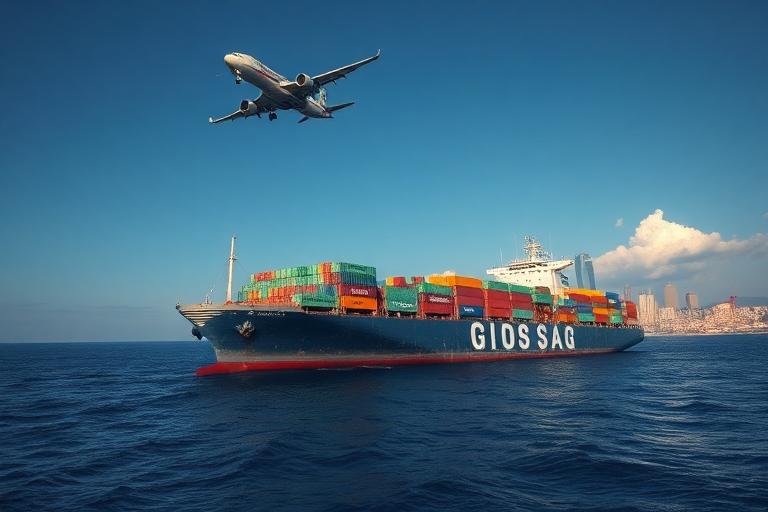
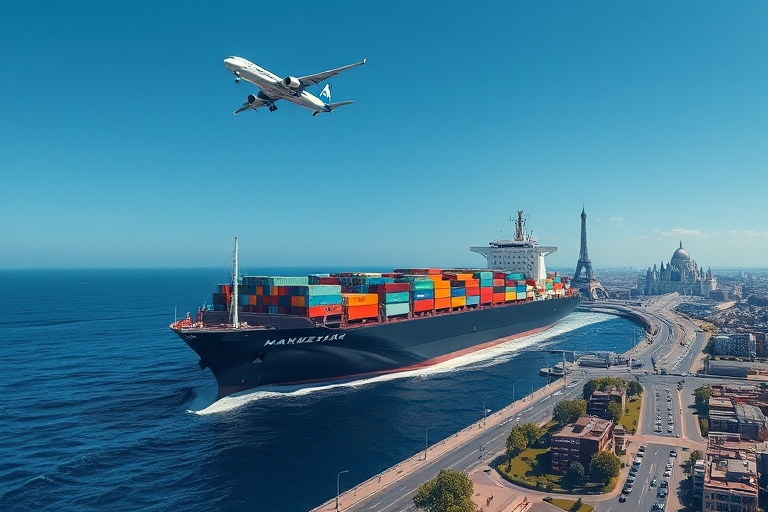
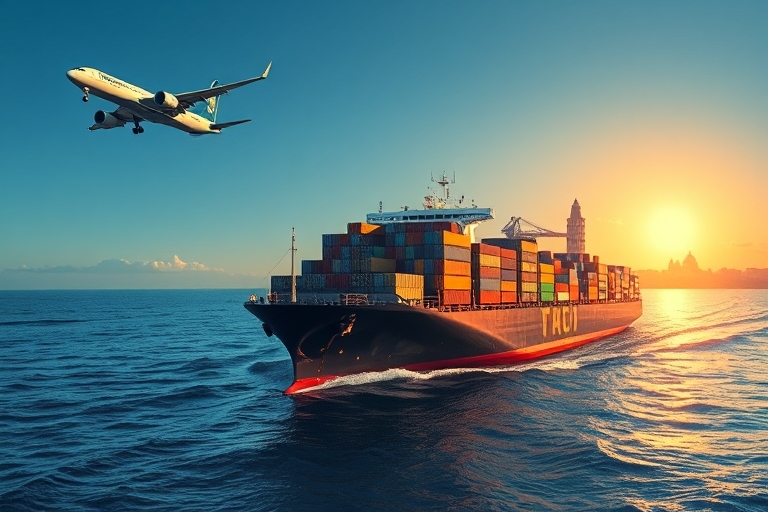
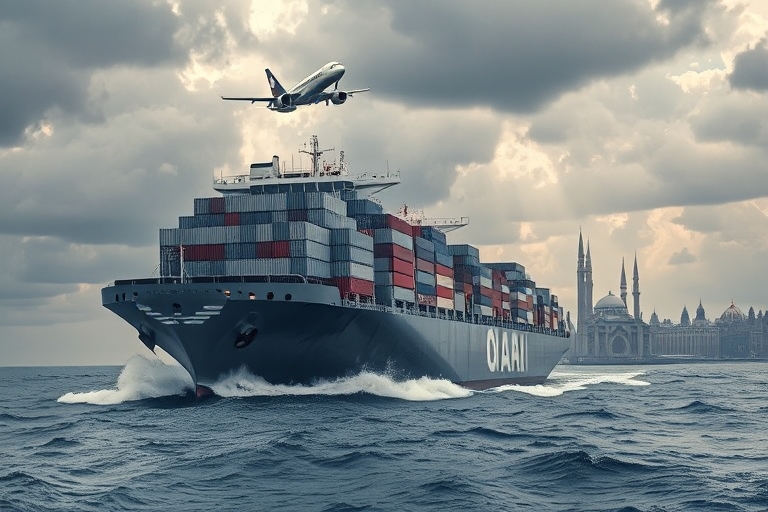
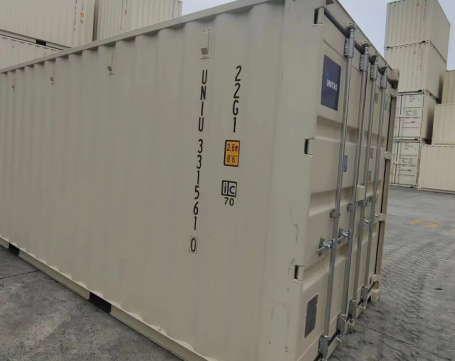
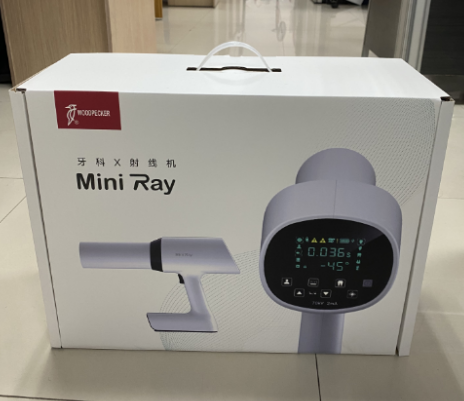
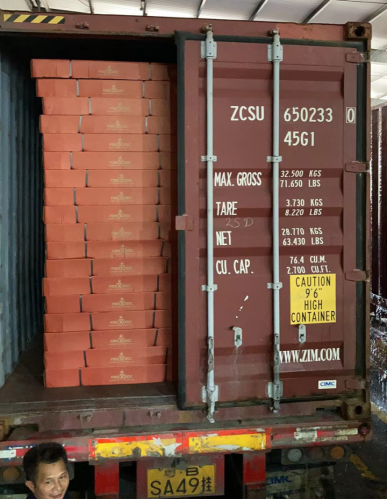
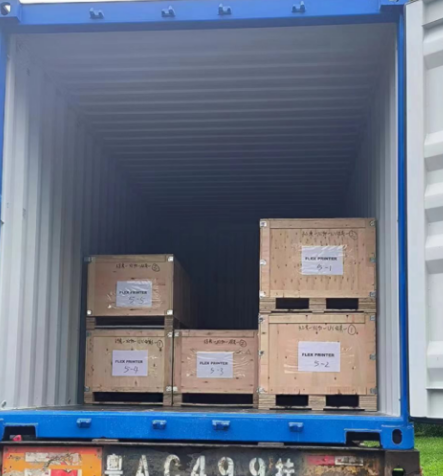
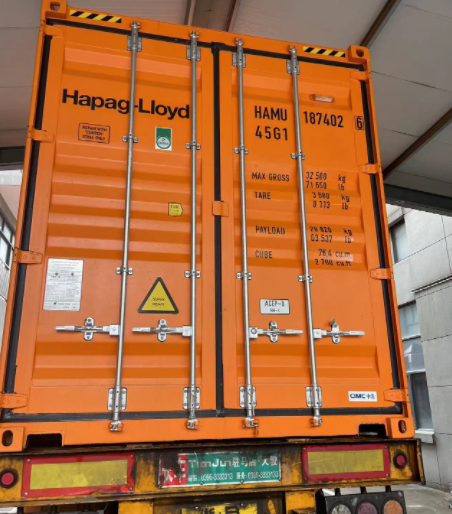
 Afrikaans
Afrikaans Shqip
Shqip አማርኛ
አማርኛ العربية
العربية Հայերեն
Հայերեն Azərbaycan dili
Azərbaycan dili Euskara
Euskara Беларуская мова
Беларуская мова বাংলা
বাংলা Bosanski
Bosanski Български
Български Català
Català Cebuano
Cebuano Chichewa
Chichewa 简体中文
简体中文 繁體中文
繁體中文 Corsu
Corsu Hrvatski
Hrvatski Čeština
Čeština Dansk
Dansk Nederlands
Nederlands English
English Esperanto
Esperanto Eesti
Eesti Filipino
Filipino Suomi
Suomi Français
Français Galego
Galego ქართული
ქართული Deutsch
Deutsch Ελληνικά
Ελληνικά Kreyol ayisyen
Kreyol ayisyen Harshen Hausa
Harshen Hausa Ōlelo Hawaiʻi
Ōlelo Hawaiʻi עִבְרִית
עִבְרִית हिन्दी
हिन्दी Hmong
Hmong Magyar
Magyar Íslenska
Íslenska Igbo
Igbo Bahasa Indonesia
Bahasa Indonesia Gaeilge
Gaeilge Italiano
Italiano 日本語
日本語 Basa Jawa
Basa Jawa ಕನ್ನಡ
ಕನ್ನಡ Қазақ тілі
Қазақ тілі ភាសាខ្មែរ
ភាសាខ្មែរ 한국어
한국어 كوردی
كوردی Кыргызча
Кыргызча ພາສາລາວ
ພາສາລາວ Latin
Latin Latviešu valoda
Latviešu valoda Lietuvių kalba
Lietuvių kalba Lëtzebuergesch
Lëtzebuergesch Македонски јазик
Македонски јазик Malagasy
Malagasy Bahasa Melayu
Bahasa Melayu മലയാളം
മലയാളം Maltese
Maltese Te Reo Māori
Te Reo Māori मराठी
मराठी Монгол
Монгол ဗမာစာ
ဗမာစာ नेपाली
नेपाली Norsk bokmål
Norsk bokmål پښتو
پښتو فارسی
فارسی Polski
Polski Português
Português ਪੰਜਾਬੀ
ਪੰਜਾਬੀ Română
Română Русский
Русский Samoan
Samoan Gàidhlig
Gàidhlig Српски језик
Српски језик Sesotho
Sesotho Shona
Shona سنڌي
سنڌي සිංහල
සිංහල Slovenčina
Slovenčina Slovenščina
Slovenščina Afsoomaali
Afsoomaali Español
Español Basa Sunda
Basa Sunda Kiswahili
Kiswahili Svenska
Svenska Тоҷикӣ
Тоҷикӣ தமிழ்
தமிழ் తెలుగు
తెలుగు ไทย
ไทย Türkçe
Türkçe Українська
Українська اردو
اردو O‘zbekcha
O‘zbekcha Tiếng Việt
Tiếng Việt Cymraeg
Cymraeg יידיש
יידיש Yorùbá
Yorùbá Zulu
Zulu